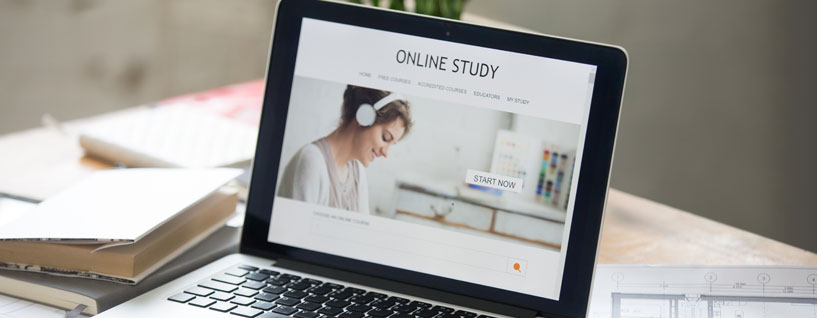Retail Sector
Retail markets and shops have a very ancient history, dating back to antiquity. Retailing involves the process of selling consumer goods or services to customers through multiple channels of distribution to earn a profit. Retailers satisfy demand is identified through a supply chain. Retailers typically make a variety of strategic level decisions including the type of store, the market to be served, the optimal product assortment, customer service, supporting services and the store’s overall market positioning. Once the strategic retail plan is in place, retailers devise the retail mix which includes product, price, place, promotion, personnel and presentation.

In the digital age, an increasing number of retailers are seeking to reach broader markets by selling through multiple channels, including both bricks and mortar and online retailing. Digital technologies are also changing the way that consumers pay for goods and services. Retailing support services may also include the provision of credit, delivery services, advisory services, stylistic services and a range of other supporting services.
Clothing Markups: 100-350%
Jeans are the biggest culprit in the clothing category. The price of boutique denim jeans can reflect a markup of 350%. Jeans from mid-level retailers like Kohl’s or JCPenney are slightly saner with an average markup of 115%.
Shoe Markups: 100-500%
Markup is as varied in the footwear industry as sizes and styles. Typical cross-trainers or athletic shoes carry 100% mark-up, while higher-end fashion shoes at boutique stores can be marked up by as much as 500%.
Cell Phone Markups: 8-10%
The entire category of electronics has some of the lowest markups around. Cell phones, for example, are only bumped up about 8% between wholesale and retail. The profit center for phones lies in the service contracts and usage fees. Manufacturers can operate with a lower retail markup because the real money is in the service.
Furniture Markups: 200-400%
No industry manipulates the meaningless MSRP (Manufacturer’s Suggested Retail Price) remove like the furniture industry. Salespeople usually receive 15-20% commission if they sell an item at the inflated MSRP. But there’s another helpful abbreviation to know: MAP (Manufacturer’s Advertised Price). This lower price is the minimum at which most retailers are allowed to sell the item. Salespeople resist consumers who ask for this price and only receive about 7% commission on MAP sales.
Grocery Markups: 5-25%
Grocers certainly operate on slimmer profit margins than most other retailers. According to the Retail Owners Institute, stores typically maintain a narrow margin of 5-8% on the staples and then broaden their margins on luxury or indulgence items (think high-end coffees, chocolate, wines, etc.).
Cosmetics Markups: 60-80%
According to the research firm Euromonitor, the average markup on premium cosmetics is 78%. Since most cosmetics are composed of various combinations of good ol ‘dirt, oil, wax, and fragrance, this is a small markup and adds up to big profits.
Prescription Medicine Markups: 200-5,600%
According to an expose by the Detroit ABC affiliate WXYZ-TV, pharmaceutical companies enjoy 200-5.600% markup on their drugs in the US. Canada and several European nations impose to ceiling on drug prices and actively negotiate with drug manufacturers to keep costs down. No such safeguards existed here; Even generic drugs in the US can be marked up by as many as 1,200%. Sure, development costs are high for some of these life-saving medications, but the markup has no expiration date.
New Car Markups: 8-10%
Not factoring in extended warrantees, finance charges, and other add-ons, auto dealers markup car prices by about 10%. Dealers’ intricate pricing structures involve invoice prices, transportation charges, dealer holdbacks, and incentives – enough confusing consumer fodder to fill a dozen articles. Suffice to say, the more you know about the secret cabal of car dealerships and how they arrive at their sticker prices, the better chance you’ll have to know where to begin your negotiating.
Eyeglasses Markups: 800-1,000%
It’s amazing but true: Some opticians charge 1,000% over wholesale for the hottest designer frames. Malls and larger chain stores are the worst offenders, with many other cost factors in the price of those fancy frames
Quick Links
Quick Contact
Need Help?
Please Feel Free To Contact Us. We Will Get Back To You With in couple of hours.
Phone: (+971) 2 6666676
Whatsapp: (+971) 50 33 19 272
Email: info@emirateszone.ae
